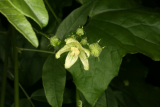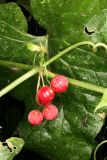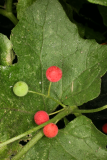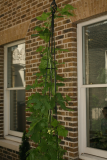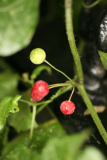Additional notes (click to expand)
Medicinal
Culpeper: ‘Of briony, both white and black ... purge phlegm and watery humours, but they trouble the stomach much, they are very good for dropsies; the white is most in use and is admirable good for the fits of the Mother; both of them externally used take away freckles, Sunburning and Morphew [= ‘a scurfy eruption’] from the face, and cleanse filthy ulcers; it is but a churlish purge, but being let alone can do no harm.’
Culpeper, Nicholas. (1650). A Physical Directory . London, Peter Cole.
Nomenclature
Previously grown as Bryonia dioica
http://www.plantsoftheworldonline.org/
Toxicity
Highly poisonous roots and berries, containing the glycoside bryonidin and the resin bryoresin. The poisonous compounds are known as cucurbitacins.
Oakeley, Dr. H. F. . (2013). The Gardens of the Pharmacopoeia Londinensis.
link
Toxicity due to bryonin alkaloid.
Professor Anthony Dayan, 2021
Geographical distribution
- Africa, Northern Africa, Algeria
- Africa, Northern Africa, Morocco
- Africa, Northern Africa, Tunisia
- Europe, Northern Europe
- Europe, Northern Europe, Great Britain
- Europe, Southeastern Europe
- Europe, Southwestern Europe
Podcast
Bryonia cretica subsp. dioica (Jacq.) Tutin
Family: CUCURBITACEAEGenus: Bryonia
Species: cretica L.
SubSpecies: dioica (Jacq.) Tutin
Common names: White Bryony, Devils Cherry
Pharmacopoeia Londinensis name: Bryonia
Distribution summary: Europe, N Africa
Habit: Perennial
Hardiness: H5 - Hardy; cold winter
Habitat: Dry grassland, scrub, meadows, open woodland, roadsides
Garden status: Currently grown
Garden location: Pharmacopoeia Londinensis 1618 'Roots' (HSE 3)
Flowering months: May, June
Reason for growing: Medicinal, toxic
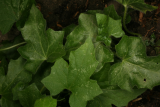
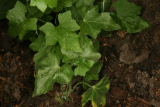
.JPG)
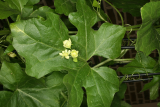
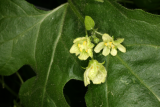
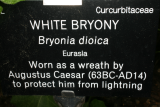
.JPG)
.JPG)
